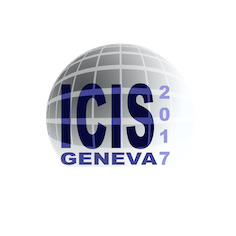Speaker
Description
Huazhong University of Science and Technology (HUST) is developing an RF based negative ion source. Numerical simulation of the 1 MHz RF driver has been performed using a commercial high frequency FEM software. Differing from conventional inductively coupled plasma (ICP) source simulations, which exclude the effect of Faraday Screen (FS) and simplify the multi-turn helix RF antennas as independent parallel single coils, our simulation employs a complete 3D Computer Aided Design model for reproducing the realistic electromagnetic fields. Simulations with and without considering the FS have been compared. It is found that the FS suppresses effectively the axial electric field established by the turn-turn coil potential differences, furthermore, avoids the capacitive coupling between the antenna and the plasma. The simulations without and with plasma have both been performed with approximating the plasma as a homogenous electrically conducting medium. The electric and magnetic fields, RF power losses and equivalent impedance of the driver before and after the plasma ignition with different bulk conductivity are calculated. To verify the simulation validity, cold testing experiments of the driver impedance have been carried out using a network analyzer. The plasma with different conductivity is skillfully reproduced by potassium hydroxide (KOH) liquor with different density. The experimental results agree well with the simulation results.
